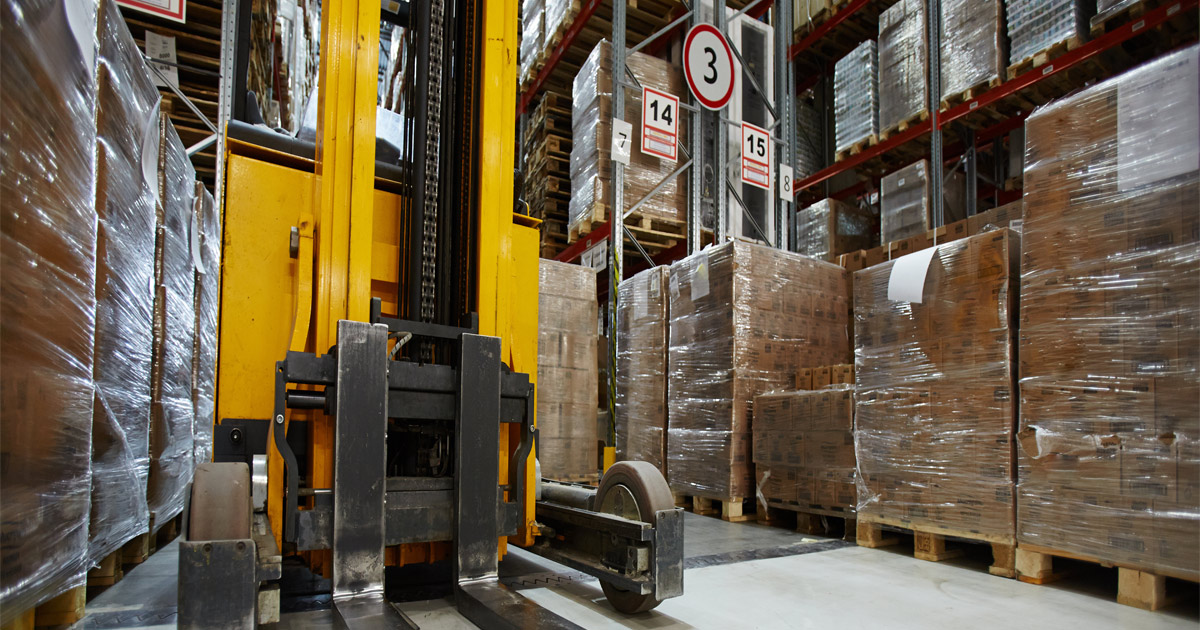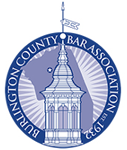Each year, nearly 100 workers in the United States lose their lives in forklift accidents, according to the National Safety Council. Thousands more are seriously injured in forklift-related incidents that could have been prevented. This evidence points to the conclusion that forklift safety is often overlooked in the workplace. Forklifts can be difficult to operate and require ongoing maintenance. Furthermore, the design of the workplace itself contributes substantially in which forklifts can be used safely. Paying more attention to these factors can help companies avoid forklift accidents.
Safe Operation of Forklifts
The Occupational Safety and Health Administration (OSHA) describes forklifts as powered industrial trucks and provides detailed guidance regarding their safe operation. According to OSHA, it is a violation of federal law for anyone to operate a forklift if they are not certified to do so. Also, persons under the age of 18 are prohibited from driving a forklift. To obtain OSHA certification, workers must complete an approved course. Topics typically covered in these courses include the following:
- Mastering the vehicle control panel
- Steering the forklift
- Operating the hydraulic lift
- Accounting for vehicle capacity and stability
- Load stacking, unstacking, and moving
- Forklift maintenance
Becoming familiar with the vehicle control panel and dashboard is vital to safe operation. Accidents can easily occur when drivers fail to monitor the various gauges on the control panel. Although there are numerous forklift driver certification courses offered online and in-person, some businesses skirt the law and allow employees to operate forklifts without proper training. Unscrupulous consultants may train a few workers, then provide extra OSHA certification cards to employers to hand out at will. A common misconception is that operating a forklift is similar to driving a car when, in fact, it is much more difficult.
In addition to inadequate training, workplace stress is often cited as a contributing factor to forklift accidents. If drivers are under pressure to move loads quickly, they may be tempted to drive too fast or pick up loads that are too heavy, which jeopardizes safety.
Load Balancing Hazards Create Safety Risks
More than 40 percent of forklift accidents occur because the truck tips over. Many times, this is due to improper load balancing. There are several factors that can create hazards, including the following:
- Pallets in disrepair
- Improperly stacked pallets
- Overloading
- Unstable loads
- Loads that block the driver’s field of view
Loading and unloading can be particularly dangerous around tractor trailers and railroad cars. To help ensure safety, fixed jacks can be used to support semitrailers during loading or unloading operations when the trailer is not coupled to a tractor. When the trailer is hooked up to a truck, established communication protocols must be followed to ensure that the tractor trailer remains stationery until all loading is complete.
Proper Maintenance
Devoting time to inspection and maintenance means there are less hours in the day to perform productive work. Employers may be inclined to let drivers skip inspections. To comply with OSHA regulations, workers are required to regularly inspect powered industrial trucks each day before use. If forklifts are used around the clock, workers should inspect the vehicles before each shift. The following OSHA guidelines are critical for ensuring forklift safety:
- No one must knowingly drive a forklift that is obviously unsafe; if it is inspected and found to have a problem, it must be removed from service for repair
- Forklift maintenance must be done by trained employees
- Forklifts should always be kept free of lint, excess oil, and grease
Non-combustible agents should be used for cleaning forklifts and, in the case of electric trucks, batteries should be removed before maintenance and cleaning.
According to OSHA, operators should conduct a visual check with the engine off, then perform an operational check with the engine running. The forklift should not be placed in service if the vehicle is not safe to operate. Aspects to look for during the visual check include:
- Tire pressure and condition
- Fluid levels, including water, oil, and hydraulic fluid
- Hydraulic hoses and any other components that might have leaks or cracks
- Backup mechanisms
- Brakes
- Steering
- Tilt controls
- Fork condition
- Safety mechanisms, including harnesses and signals
Employers can help institute a culture of workplace safety by encouraging workers to report mechanical or operational problems and train all forklift drivers in basic maintenance. Posting general maintenance requirements can support compliance. Some companies offer incentives, such as gift cards or time off, for adhering to inspection and maintenance protocols. When safety is routinely practiced, it becomes easier to do.
How Does Workplace Design Affect Forklift Safety?
Forklift drivers operating vehicles in poorly designed warehouses or outdoor settings are at a higher risk for injury. Forklifts can easily skid out of control if there is grease or leaked substances on floors. Outdoor terrain that is uneven can be especially dangerous. Inside, there are many attributes in the design of a workplace that can negatively impact forklift safety, including the following:
- Obstructions at doors or aisle intersections
- Ramps
- Flooring with different types of surfaces
- Loading docks in poor condition
- Narrow, cluttered aisles
- Shelving with components or contents protruding into aisles
- High-volume traffic areas
These factors should be addressed wherever possible to ensure forklift safety. If they cannot be fixed, operators should be made aware of these dangers and given special training on how to drive cautiously under these conditions. Also, it is especially dangerous if there are pedestrians walking in the workplace where forklifts operate. Limiting pedestrians to well-marked walkways can help prevent accidents. For outdoor use, forklift drivers should be provided with special training on how to maneuver over rough terrain, including slopes and dips to avoid tipping over.
Choosing the Right Vehicle for the Job
Forklift safety can begin before the vehicle is purchased. Choosing the right industrial truck for the job can help prevent accidents. There are many types of forklifts available. Some of the features to evaluate include the following:
- Power source: Generally speaking, electric forklifts are used for lighter lifting in indoor workplaces. They are generally less expensive to operate but should not be considered for heavy duty operations. Fuel and diesel-powered forklifts are optimal for the most rugged operations, including outdoors.
- Tires: Rubber tires are best for indoor use. Electric forklifts and specialized material-handling vehicles often come with polyurethane tires. Pneumatic tires are designed for durability and heavy lifting. When purchasing a forklift for outdoor use on rough terrain, it is critical to look for high-durability tires that can withstand harsh weather conditions.
- Turning radius: When maneuvering a forklift in narrow aisles, it is imperative to have a tight turning radius to ensure safety.
- New or used: Some employers find that used forklifts may be safer because they have been tested and are proven to be capable of performing a specific task. However, just like with any vehicle, purchasing a new forklift ensures that the truck’s safety has not been comprised by poor maintenance or a previous accident.
There are many facets to forklift safety. Choosing the right vehicle, training operators, performing regular inspection and maintenance, and considering workplace design can help companies avoid accidents and improve long-term worker productivity.
Cherry Hill Workers’ Compensation Lawyers at Pietras Saracino Smith & Meeks, LLP Recover Benefits for Those Injured on the Job
If you or someone you know was injured at work, do not hesitate to contact the Cherry Hill workers’ compensation lawyers at Pietras Saracino Smith & Meeks, LLP today. We will put our skills and experience to work to recover the benefits you deserve for your injuries. Located in Cherry Hill, New Jersey, we are committed to helping employees throughout South Jersey, including Camden, Cinnaminson, Delran, Maple Shade, and Pennsauken. To schedule a free consultation, contact us online or call us at 856-761-3773.













